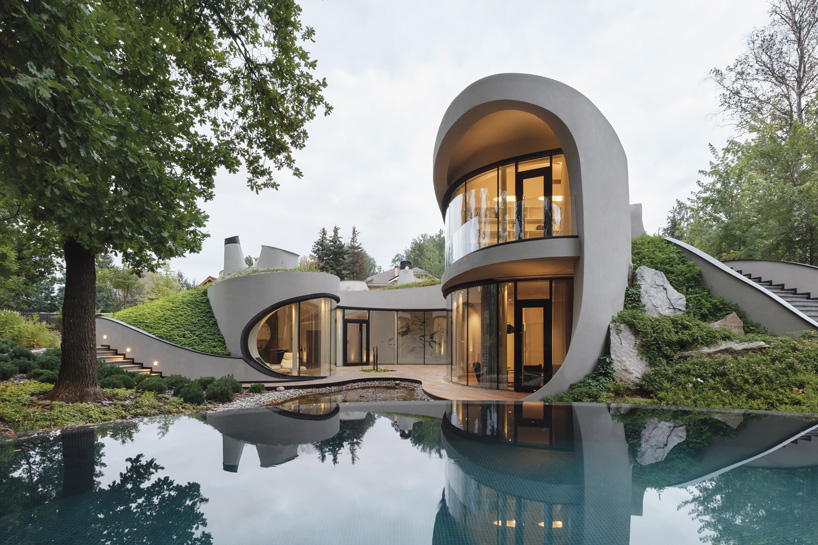Just How CDA Architects Integrate Creativity and Performance in Modern Style
Just How CDA Architects Integrate Creativity and Performance in Modern Style
Blog Article
An Extensive Introduction of Building Designs and Their Impact on Modern City Preparation and Growth
Building designs have long offered as a mirror to the societal values and technical improvements of their time, playing an important role in forming contemporary city preparation and advancement. From the splendour of Neoclassicism to the practical technique of Brutalism, each style has actually introduced unique ideas that influence city looks and functionality.
Historical Summary of Building Designs

As societies transitioned via the Center Ages, Gothic style emerged, characterized by its verticality and detailed describing, matching the spiritual goals of the era. The Renaissance noted a resurgence of classic perfects, merging art and design in cutting-edge manner ins which influenced succeeding designs throughout Europe.

Today, building styles remain to evolve, driven by globalization and sustainability issues, mirroring a dynamic interplay in between heritage and innovation. This historical review underscores the importance of style as a mirror of societal evolution and as a driver for city development.
Secret Architectural Styles Explained
The variety of building designs reflects the myriad influences that shape our developed setting, each personifying distinct qualities and social values. Trick architectural designs include Classical, Gothic, Baroque, Modernism, and Postmodernism, each representing special historic contexts and visual ideologies.
Timeless architecture, rooted in ancient Greece and Rome, emphasizes symmetry, proportion, and making use of columns (cda architects). On the other hand, Gothic design, growing in the Center Ages, is identified by sharp arcs, ribbed safes, and flying buttresses, producing an ethereal quality in cathedrals. Baroque architecture, arising in the 17th century, is noted by majesty, intricate embellishment, and a vibrant interaction of light and darkness
Modernism, which acquired momentum in the early 20th century, focuses on feature over type, using new materials like steel and glass to create minimal frameworks. Postmodernism, responding against the austerity of Modernism, welcomes eclecticism and historic recommendation, commonly integrating lively elements and irony.

Effect On Urban Preparation
Fit the development of cities, building styles dramatically influence city planning choices. The choice of building style commonly dictates anonymous the aesthetics, capability, and overall character of city environments. Modernism, with its focus on minimalism and capability, encourages open areas and the assimilation of technology, shaping city designs that focus on efficiency and ease of access. Alternatively, traditional styles may highlight historic conservation, leading to metropolitan styles that keep social heritage and promote pedestrian-friendly environments.
In addition, building designs can influence zoning laws and land use policies. Urban organizers must consider the prevailing architectural fads when designing areas, ensuring that new advancements balance with existing structures. This consideration fosters natural city landscapes and improves neighborhood identity.
The implementation of particular architectural designs can additionally affect socioeconomic visit the site elements within a city. As an example, high-end modern layouts may attract upscale locals and companies, resulting in gentrification, while much more budget-friendly real estate remedies might prioritize functional and lasting layouts to accommodate diverse populations. Eventually, the interplay in between architectural designs and urban preparation develops dynamic cities that mirror both historical context and modern requirements, forming the lived experiences of their occupants
Sustainability and Modern Architecture
Building styles play an essential role in addressing modern challenges, especially in the realm of sustainability. As metropolitan locations broaden and ecological issues escalate, contemporary style increasingly accepts lasting design concepts that focus on energy effectiveness, source conservation, and very little eco-friendly impact.
Contemporary architectural activities, such as biophilic design and eco-friendly style, advocate for structures that balance with their environments, utilizing natural materials and advertising biodiversity. These designs frequently integrate eco-friendly energy sources, such as solar panels and wind generators, to lower dependence on nonrenewable fuel sources and lower carbon footprints.
Additionally, the assimilation of advanced technologies, such as wise building systems, improves power monitoring, maximizing source usage while guaranteeing resident comfort. Ingenious water administration approaches, consisting of rain harvesting and greywater recycling, more add to lasting city settings.
Notably, sustainability extends past ecological worries; it incorporates social and financial measurements also. By cultivating area health and advertising inclusivity, contemporary architectural styles align with lasting advancement objectives. The evolution of building techniques proceeds to form resistant cities that not just satisfy the needs of the existing yet likewise secure the future for generations to come.
Neighborhood Interaction in Design
Area interaction in design works as an important bridge between architects and cda architects the populaces they serve, ensuring that the constructed atmosphere reflects the requirements and goals of its users. This joint process welcomes neighborhood members to add their insights and choices, fostering a feeling of ownership and duty toward the rooms they populate.
Effective neighborhood engagement uses various approaches, such as workshops, studies, and public online forums, to gather varied perspectives. These approaches promote a two-way dialogue, enabling architects to comprehend neighborhood contexts while empowering homeowners to voice their problems and desires. This inclusivity not just boosts the design top quality but likewise advertises social equity by dealing with the one-of-a-kind challenges dealt with by marginalized teams.
Furthermore, neighborhood involvement can result in ingenious remedies that might not arise in a typical design process. By incorporating neighborhood expertise and cultural values, designers can develop rooms that resonate more deeply with individuals, improving use and sustainability. Inevitably, focusing on community interaction in style procedures causes settings that support social communications, assistance well-being, and enhance neighborhood ties, consequently playing a crucial duty fit modern-day urban landscapes.
Conclusion
Architectural styles have exceptionally influenced contemporary city preparation and development, reflecting advancing cultural and technical contexts. The assimilation of historic aesthetic appeals with contemporary requirements fosters urban atmospheres that focus on sustainability and neighborhood interaction. As cities remain to grow and adjust, the recurring discussion between building heritage and contemporary layout concepts will certainly stay vital in producing inclusive, vibrant areas that boost top quality of life and advertise social equity. The future of city advancement depend upon this unified equilibrium.
Report this page